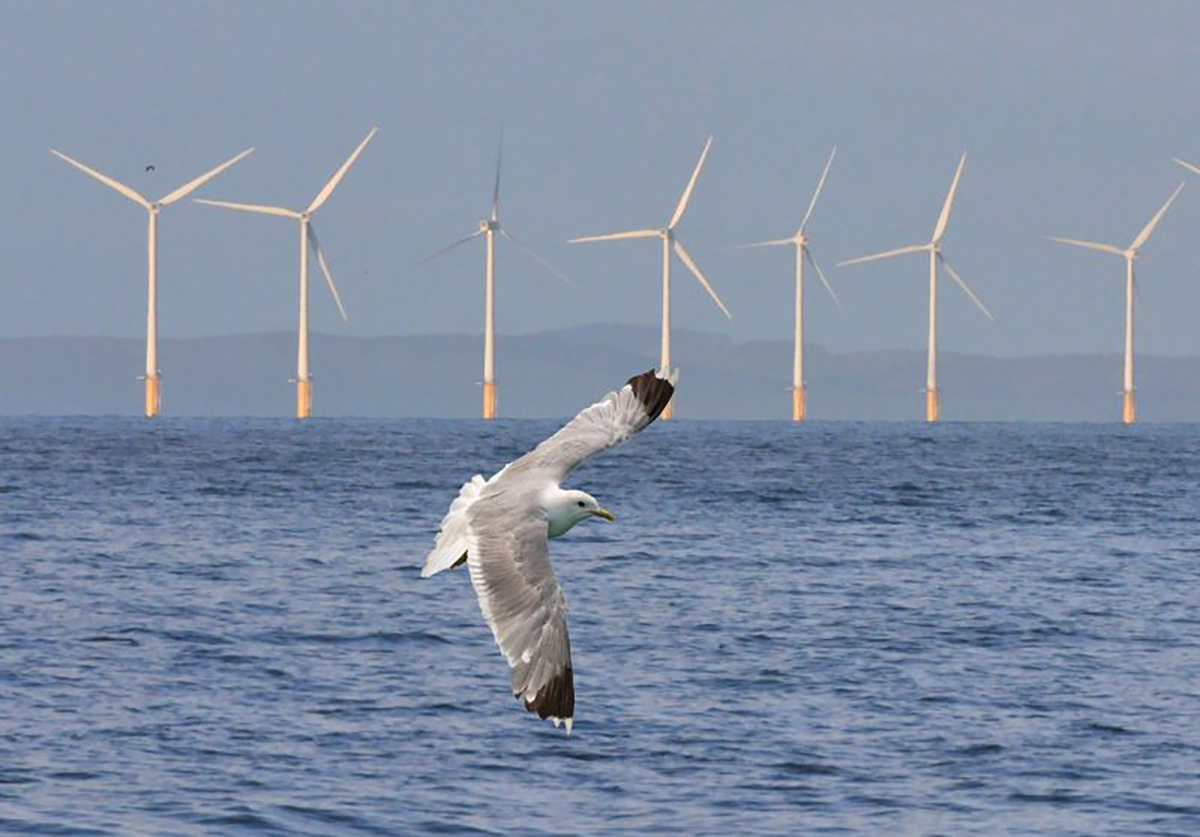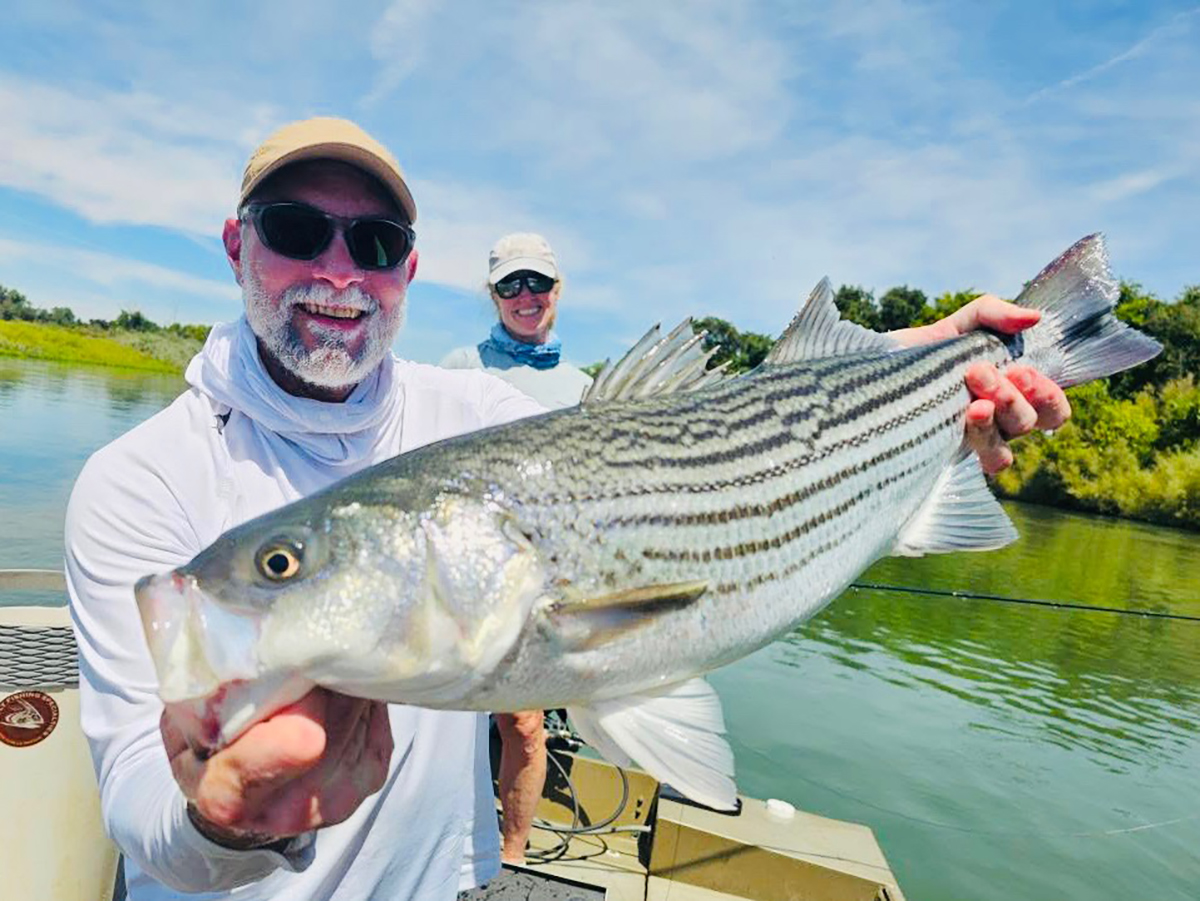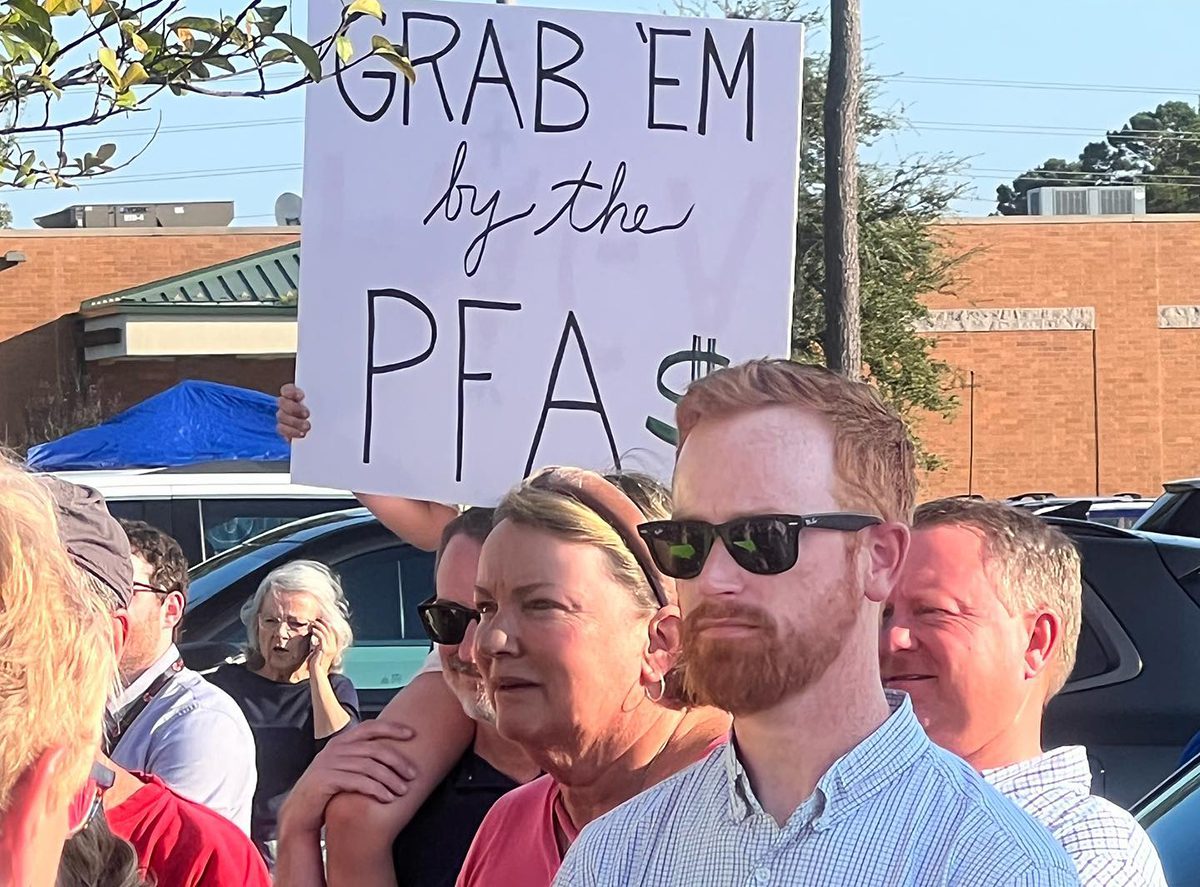
The United States Department of Energy has awarded Duke University a $7.5 million grant to research the impact that offshore wind development can have on wildlife and marine life.
The grant announced Oct. 13 is part of a larger sustainable energy development award package of $13.5 million by the Energy Department. The department distributed the funds among four different projects, all focused on wildlife and offshore wind.
Supporter Spotlight
Earlier this year, the Biden administration announced a goal of creating tens of thousands of jobs while deploying 30 gigawatts of offshore wind by the year 2030. Meeting this goal can put the U.S. on a path to achieve 110 gigawatts by 2050. The ultimate intention is to create jobs while also creating opportunities for renewable energy, without endangering ecosystems as they currently exist.

To put these plans in motion, more offshore wind construction off the Atlantic coast will be beginning in the next several years. But there is uncertainty as to how offshore wind may affect fish, whales, birds and other marine life. Duke University’s project, Wildlife and Offshore Wind, or WOW, aims to answer some of these questions.
“There’s a fair few number of moving parts, and we’re going to try to figure out how to get those moving parts to move in harmony,” said Dr. Douglas Nowacek, a Repass-Rodgers University Distinguished Professor of Conservation Technology at the Duke University Marine Lab in Beaufort. Nowacek will be leading WOW along with other researchers at Duke University. However, the consortium of researchers involved in the project will span 15 different institutions.
One of the first steps, said Nowacek, is to aggregate all the data that already exists in one place. This data comes from academic researchers, government agencies, as well as some of Europe’s experience with offshore wind. They also have letters of commitment from several wind energy developers, stating that they will share wildlife data with WOW.
“The next step then is going to be to create some tools, some models, (and) some frameworks to utilize those data,” Nowacek said.
Supporter Spotlight
The first year of this project will be focused on data aggregation, as well as creating frameworks, synthesis tools and data standards. After assessing what’s already out there, the team can identify gaps in knowledge and potential lines of inquiry. The following years will be spent deploying research efforts to address the questions identified in the first year.
Nowacek said that even though coordination across so many contributors is difficult, the collective expertise across institutions is likely the reason that they were selected for the grant in the first place. Formally, WOW has been in the works since January, when Nowacek and others started compiling their grant proposal. However, Nowacek said that the relationship building that goes into an expansive project like this has been in the works for years.
Dr. Patrick Halpin, director of Duke’s Marine Geospatial Ecology Lab, will take the lead on the data synthesis component of the project. Halpin said the timing of the grant is especially important. As offshore wind is in the early stages of development in the region, beginning WOW work now means that they can do critical initial assessments before construction of turbines begins. This will be key later on, in that the researchers will have pre-construction data to refer to. Having pre- and post construction data will make it easier to evaluate how offshore wind interacts with marine wildlife. This project could set the stage for long-term, conscientious management of sustainable energy with regard to marine species.
“A big portion of this project is really to come up with a common framework for assessment, which will allow us to help develop monitoring protocols (and) help us be able to look at the interactions for many different taxa,” Halpin said, referring to biological groupings of species. “And then doing that at a regional scale so that the lessons learned can be applied across this rapidly developing field right now.”
Different wildlife may be affected at different stages of the process, said Halpin. Marine mammals, like the endangered North Atlantic right whale, may be most impacted during the noisy construction stage. Whereas avian interactions or displacement could occur after the turbines are built.
“I think people think about it as interactions are going to be one thing — a monolithic kind of issue,” Halpin said. “But really, interactions for different species are going to be very, very different in space and time.”
In addition to Duke University, the other partners on WOW include the Woods Hole Oceanographic Institute, Rutgers University, the University of St. Andrews, the State University of New York at Stony Brook, Syracuse University, the Pacific Northwest National Lab, TetraTech, Scientific Innovations, the New England Aquarium, Florida State University, the Biodiversity Research Institute, the Wildlife Conservation Society, Southall Environmental Associates, and Cornell University.







